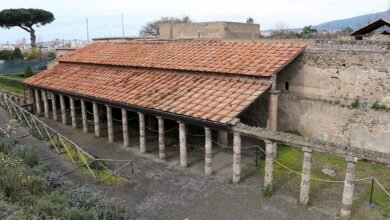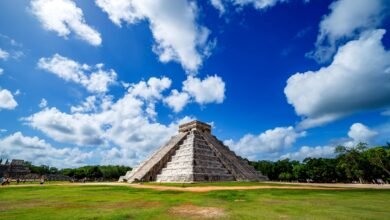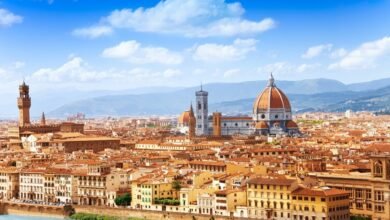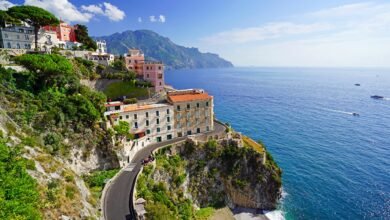Roman Aqueduct Segovia, When we talk about remarkable ancient structures that have stood the test of time, the Roman Aqueduct of Segovia undoubtedly tops the list. This awe-inspiring engineering marvel in Spain continues to amaze visitors with its grandeur and historical significance. This article will delve into the fascinating history, architectural brilliance, and cultural impact of the Roman Aqueduct of Segovia.
A Historical Glimpse of Segovia
To sincerely recognize the Roman Aqueduct’s importance, one must realize the historical context of Segovia. Founded with the aid of using the Celtiberians and later occupied with the assistance of using the Romans, this town has witnessed centuries of civilization, leaving its mark on the panorama and culture.
The Ingenious Roman Engineering
-
Constructing the Aqueduct
The creation of the Roman Aqueduct Segovia dates back to the primary century AD, throughout the reign of Emperor Domitian. More often than not, the aqueduct was constructed to move water from the nearby mountains to the town of Segovia, protecting a distance of about sixteen kilometers.
-
Architectural Design
The aqueduct’s architectural design is a testament to the Romans’ engineering prowess. It stands at an impressive height of over 28 meters and stretches over 800 meters. The most remarkable feature is the precision-cut granite blocks and the perfectly designed arches that have withstood the ravages of time.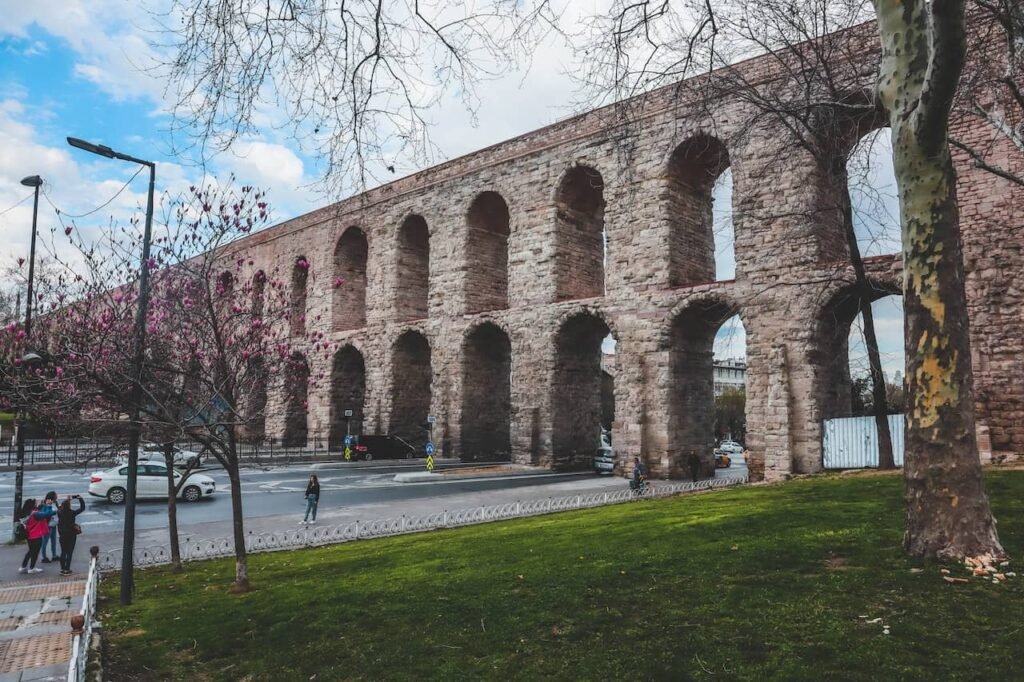
Cultural Significance
-
Symbol of Roman Dominance
Roman Aqueduct Segovia symbolizes the influence and dominance of the Roman Empire in the region during ancient times. It served as a practical water supply system and a statement of power and control.
-
Inspiration for Art and Literature
Throughout history, the Roman Aqueduct of Segovia has inspired numerous artists, writers, and poets. Its majestic presence has been immortalized in various paintings, poems, and literary works, becoming integral to Spain’s cultural heritage.
Preserving the Aqueduct
Preserving the Roman Aqueduct of Segovia is paramount, given its age and historical importance. Over the centuries, various restoration efforts have taken place to ensure this architectural wonder stands tall for future generations.
The Enchanting Tourist Attraction
-
Magnet for Tourists
Today, the Roman Aqueduct of Segovia is one of all Spain’s maximum visited vacation attractions. Tourists worldwide come to wonder at its splendor and study its wealthy history.
-
Impact on Local Economy
The influx of tourists has elevated the city’s cultural status and significantly contributed to the local economy. The tourism surge has benefited the hospitality industry, local businesses, and craftsmen.
Conclusion
Roman Aqueduct Segovia stands tall as a testament to ancient civilizations’ architectural brilliance and cultural significance. Its grandeur inspires awe and wonder among visitors, and its historical value is immeasurable. Visiting this marvel of engineering is a journey through time, allowing us to connect with our past and appreciate the advancements made by our ancestors.
FAQs for Roman Aqueduct Segovia
How was the aqueduct constructed without modern technology?
The aqueduct was built using precision-cut granite blocks and perfectly designed arches, showcasing the Romans' ingenuity.
What is the purpose of the Roman Aqueduct of Segovia?
The number one motive of the aqueduct was to move water from the nearby mountains to the metropolis of Segovia.
Why is the Roman Aqueduct considered a cultural symbol?
The aqueduct symbolizes the effect on and dominance of the Roman Empire within the area at some point in historical times, making it a cultural icon.
How has tourism impacted the local economy?
The inflow of travelers has drastically contributed to the neighborhood economy, reaping benefits for the hospitality enterprise and neighborhood businesses.



